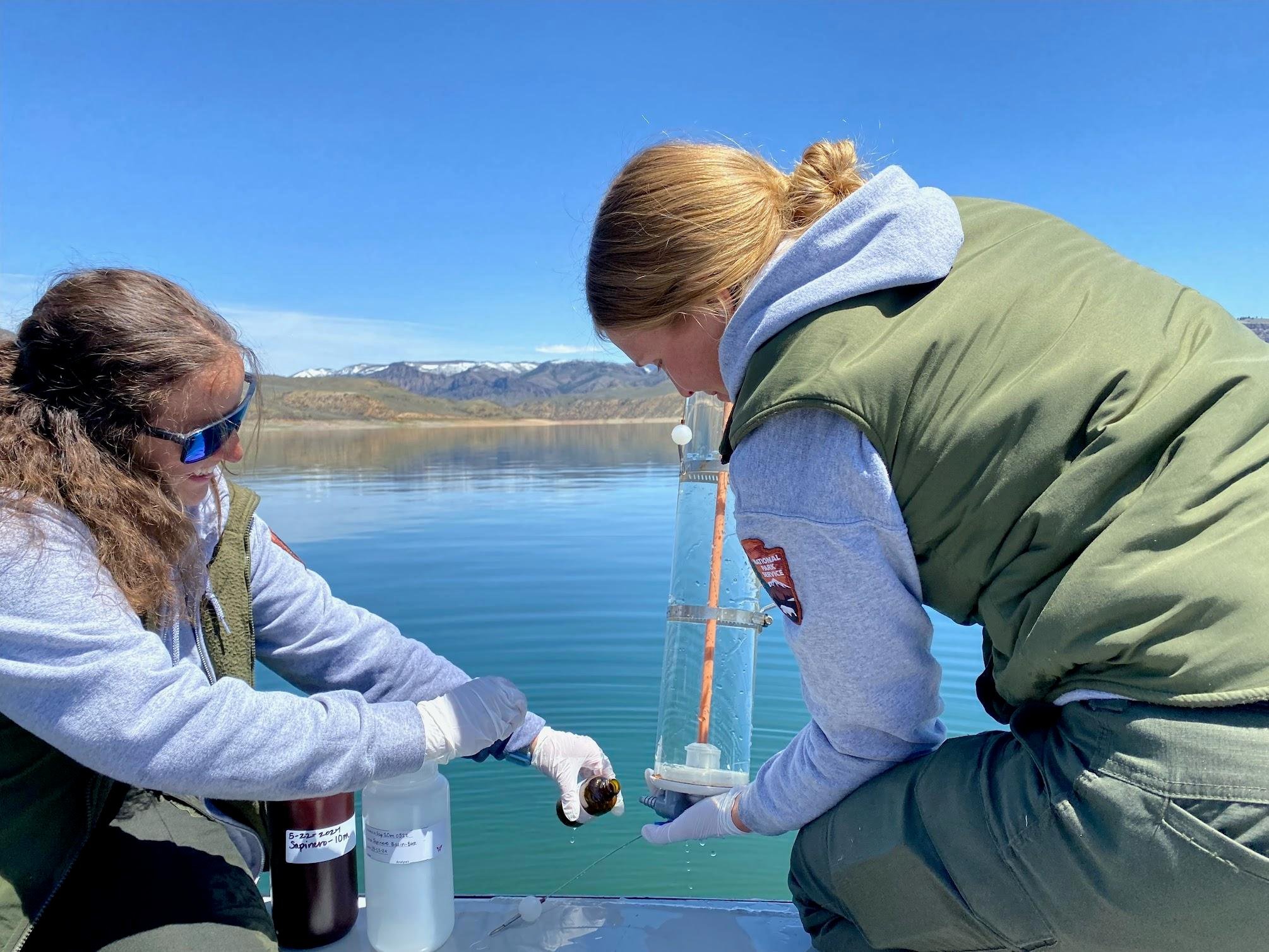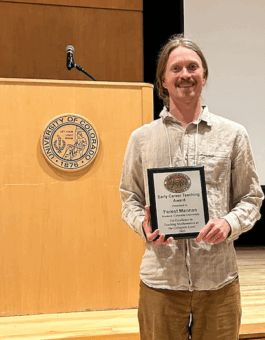If you’ve been to Blue Mesa Reservoir in the late-summer months of the last few years, you’ve probably seen the signs saying, “WARNING: Toxic Algae Present,” with illustrations of a swimmer and dog crossed out in red. The message is clear: the water isn’t safe for you or your pets.
As the water warms and nutrients build up in the lake, harmful algal blooms have taken over part of the state’s largest body of water, which hit historic lows in 2023 after a run of dry years. The blooms release toxic proteins that can harm fish, wildlife, and even human health.
Now, Western Colorado University graduate student Lucca Sterrer has secured a $25,824 grant from the Upper Gunnison River Water Conservancy District (UGRWCD) to study how deeply the blooms affect Blue Mesa’s ecosystem, specifically focusing on their impacts on Kokanee salmon.
“We’re investigating how algal blooms are impacting the entire ecosystem,” Sterrer said. “Cyanobacteria outcompete the other native phytoplankton and reduce grazing pressure from zooplankton. These combined effects may force Kokanee Salmon to alter their distribution due to a lack of food supply.”
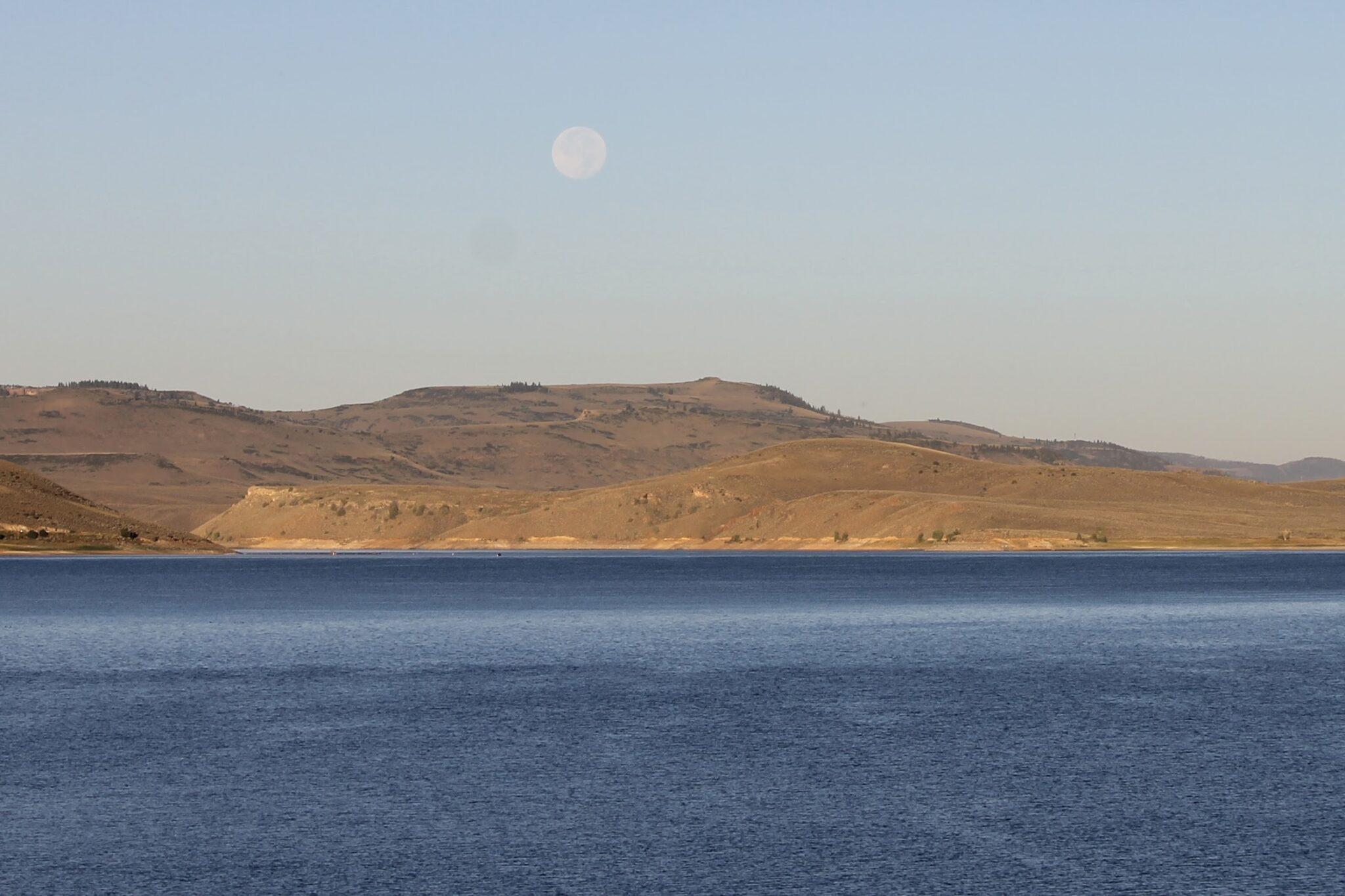
Sterrer got involved with the research after working for several years as a seasonal technician with the National Park Service, where she studied water quality in Blue Mesa in the Curecanti National Recreation Area.
Every two weeks from May to November 2024, Sterrer collected data across three basins in the Reservoir – Sapinero, Cebolla, and Iola. Then, along with assistant professors Dr. Derek Houston and Dr. Hannah Carroll, Sterrer began analyzing data on lake stratification, chlorophyll levels, and the abundance of phytoplankton and zooplankton, which are key components of the food chain.
The research team conducts cutting-edge lab tests to detect toxic microcystin proteins, analyzes Kokanee salmon behavior, and works with scientists at the Idaho-based EcoAnalysts laboratory to identify phytoplankton.
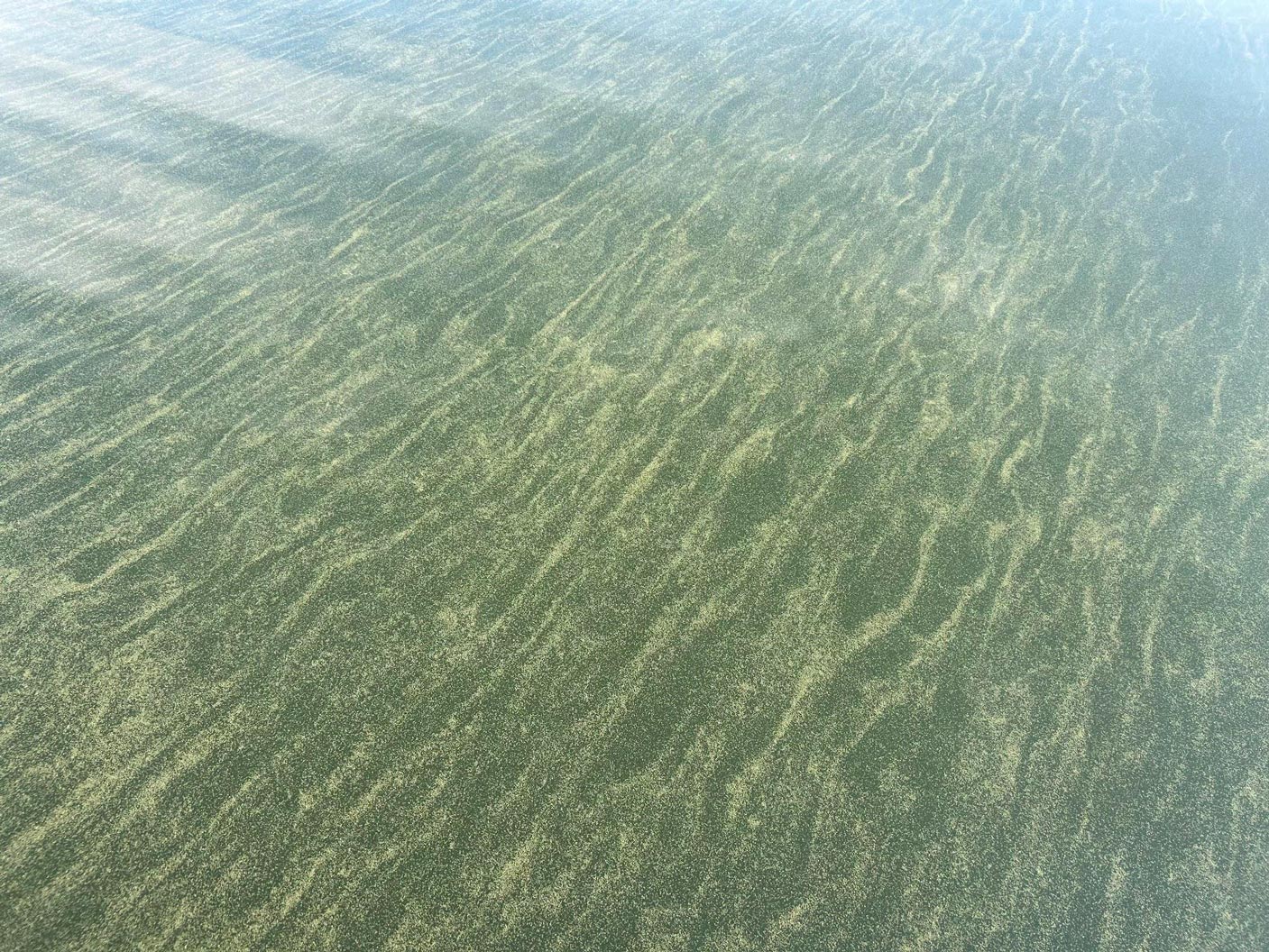
During the data collection phase, Sterrer is working alongside professionals at Colorado Parks and Wildlife (CPW), the National Park Service (NPS), and the U.S. Geological Survey (USGS), which provide additional funding and critical support for the project.
After the analysis, the data seems to point to a culprit: eutrophication, or the process by which excessive nutrient loading leads to the overgrowth of biomass in an ecosystem. While it starts as a natural process, Sterrer said, “human activities have significantly accelerated it, making freshwater bodies increasingly eutrophic worldwide.”
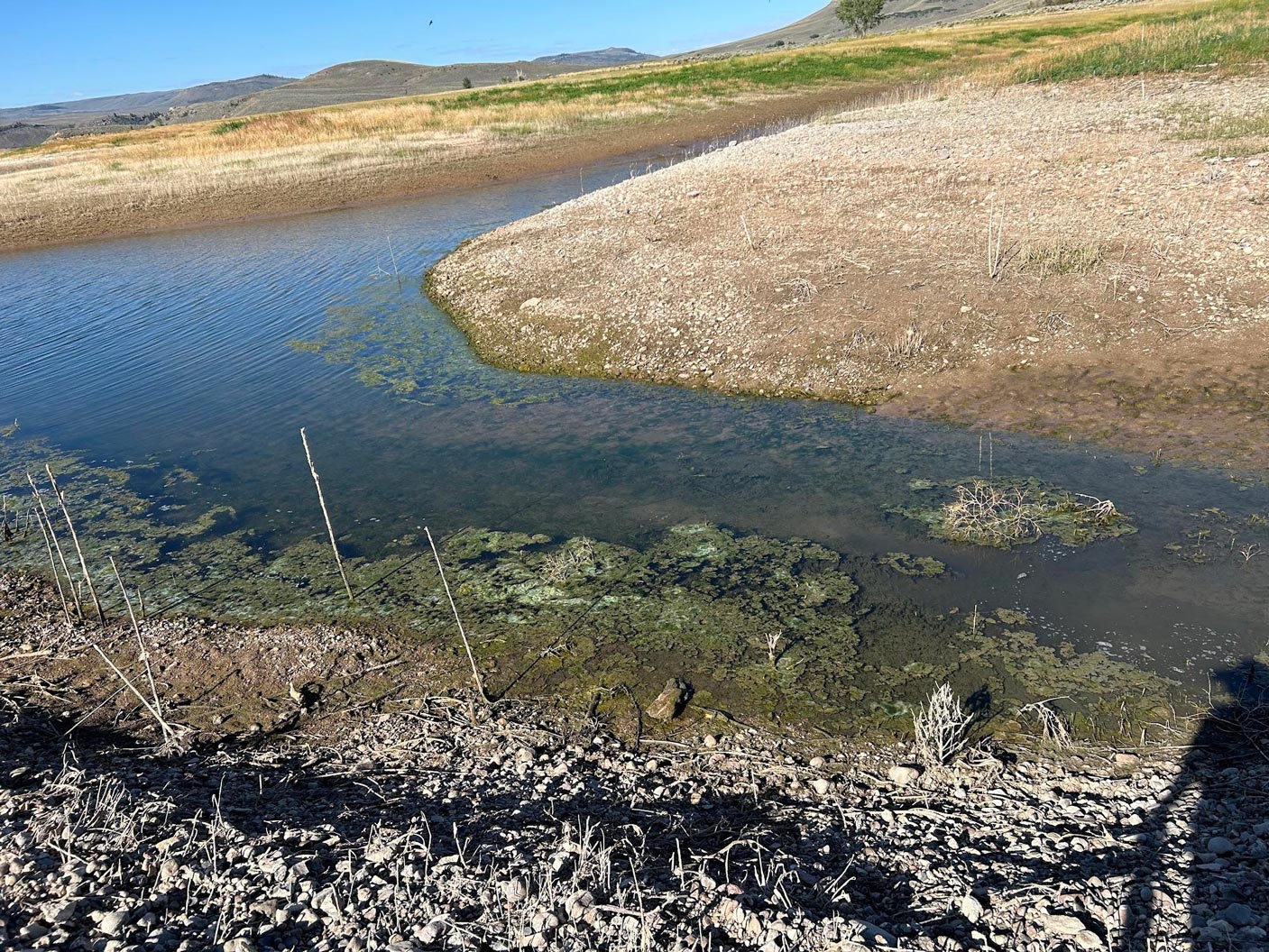
“The essential takeaway is the need to reduce fertilizer use and improve wastewater treatment to minimize nutrient pollution,” she said. “Freshwater is one of our most valuable resources, and it is crucial that we take steps to protect it.”
She hopes the research findings inform strategies to manage and prevent harmful algal blooms, with applications extending beyond Blue Mesa to other aquatic systems facing similar challenges. Houston said it might be possible to publish a peer-reviewed paper from the research.
“This opportunity has deepened my passion for environmental science and water resource management,” Sterrer said. “Seeing the direct impact of research on real-world challenges has further motivated me to contribute to sustainable water management practices, especially in the watershed in my own backyard.”
Learn more about the program
Contact the Department for more info.
Author Credit: Seth Mensing
Photo Credit: Courtesy
